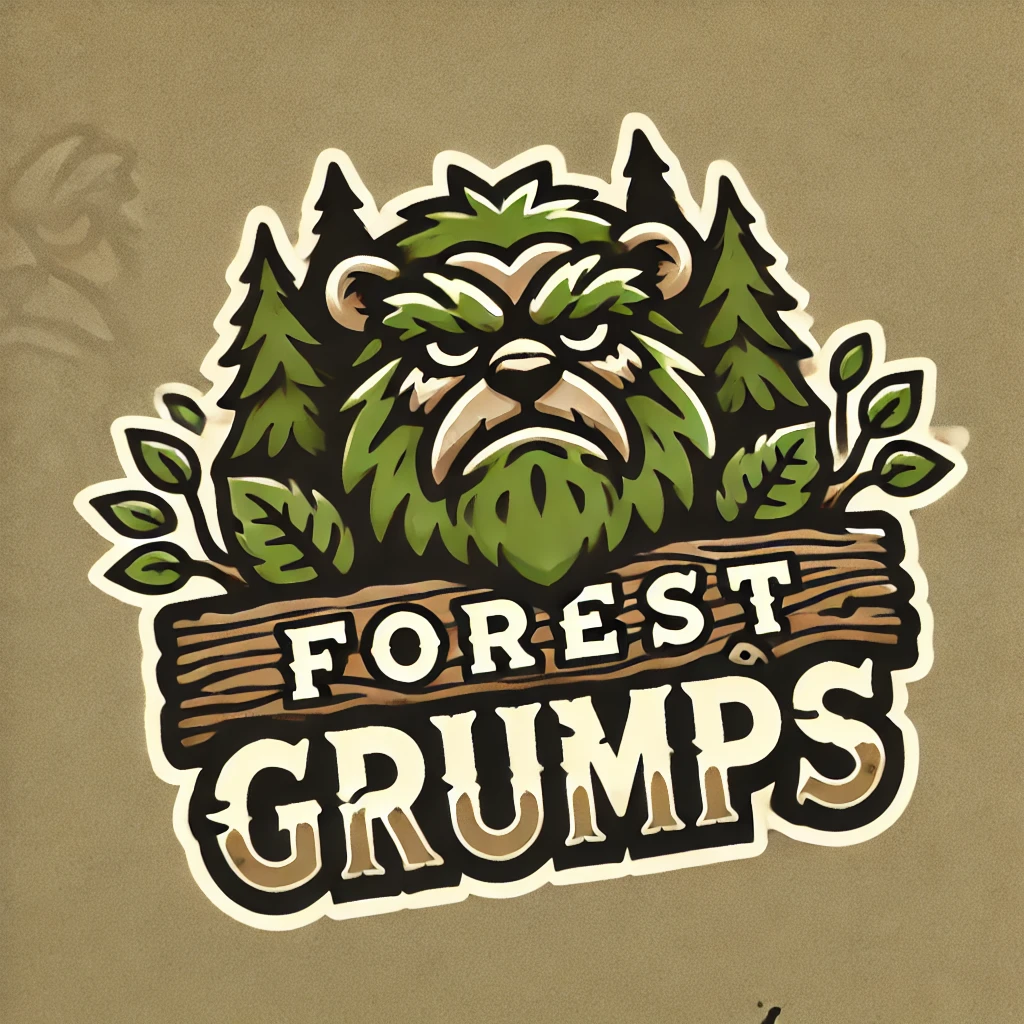When comparing maple and oak firewood, both are great options for heating, but each has different strengths that may suit different needs. Here’s how they stack up:
1. Heat Output (BTUs)
- Oak: Oak (especially white oak) produces 24 to 28 million BTUs per cord, making it one of the hottest-burning firewoods. This is ideal for keeping large spaces warm and for long-lasting fires.
- Maple: Maple (especially hard maple like sugar maple) delivers 24 to 25 million BTUs per cord, which is also excellent, but just slightly less than oak.
Winner: Oak, for slightly higher heat output.
2. Burn Time
- Oak: Oak is a dense hardwood, and it burns slowly and steadily. This makes it perfect for long-lasting fires, such as overnight burns in wood stoves or fireplaces.
- Maple: Hard maple also burns for a long time, though not quite as long as oak. Soft maple, like silver maple, burns faster than both oak and hard maple.
Winner: Oak, for longer burn time, especially white oak.
3. Seasoning Time
- Oak: Due to its density, oak requires 1.5 to 2 years to season properly. If burned green (unseasoned), oak can be difficult to ignite and may produce more smoke and creosote.
- Maple: Hard maple takes about 6 months to a year to season, which is significantly faster than oak. This makes maple a better choice if you need firewood more quickly.
Winner: Maple, for faster seasoning time.
4. Ease of Splitting
- Oak: Oak is known to be difficult to split, particularly when dry. Its dense and sometimes knotty grain structure can make it tough on axes and splitters.
- Maple: Hard maple is also dense, but generally easier to split than oak, especially when freshly cut. Soft maple is even easier to split.
Winner: Maple, for easier splitting.
5. Coaling and Heat Retention
- Oak: Oak produces excellent coals, which hold heat for a long time. This is one of the reasons why oak is preferred for wood stoves and long-lasting fires.
- Maple: Maple also produces good coals, but they don’t last quite as long as oak’s.
Winner: Oak, for superior coaling properties.
6. Availability and Cost
- Oak: Oak is widely available in many regions, especially in temperate climates. However, its popularity means it can be a bit more expensive in areas with high demand.
- Maple: Maple is also commonly available in North America, especially in northern regions. It’s often a bit more affordable than oak, particularly in areas where maple trees are abundant.
Winner: Maple, for generally being easier to find and cheaper in some regions.
Conclusion: Maple vs. Oak Firewood
- Choose Oak if you want maximum heat output, long burn times, and excellent coaling for overnight fires. It’s a top-tier firewood for wood stoves and heating large spaces but requires a long seasoning time.
- Choose Maple if you prefer firewood that seasons quickly, is easier to split, and still provides good heat. Hard maple is a great middle ground between softer woods and dense hardwoods like oak.
If you have access to both, a mix of oak and maple can offer the best of both worlds: fast-burning maple for kindling and easier starts, and long-burning oak for sustained heat throughout the night.
